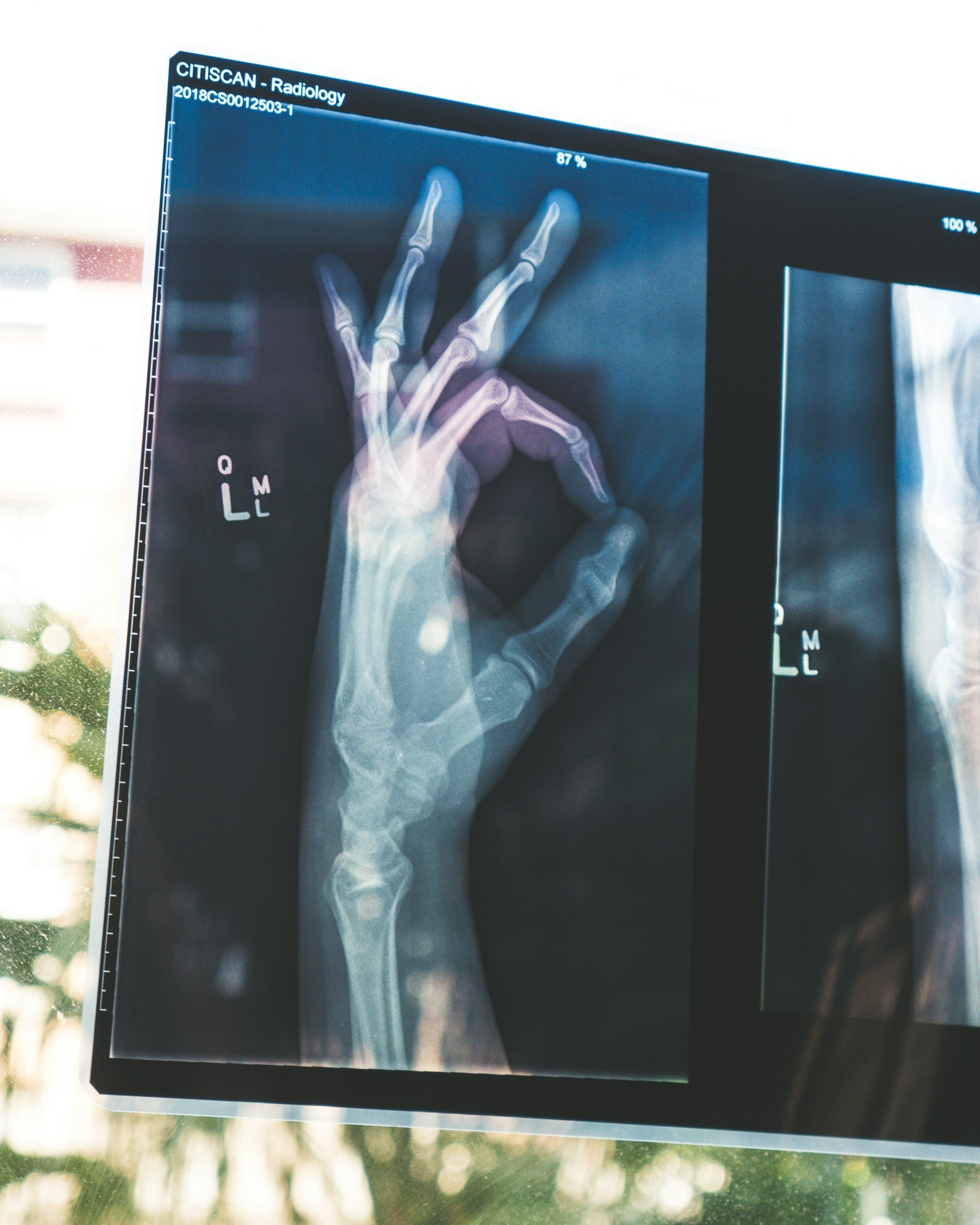
sentoms
Exploring the Use of Multimedia Icons as an Alternative, More Inclusive Method of Clinical Pain Communication
Multimedia Icons + Supporting Mobile and Wearable Apps (Passion Project)
Solo | 2021-Present
Project Overview
sentoms (aka Chronic(ling) Pain) is an ongoing passion project involving the development of editable, multimedia icons (incorporating sound and motion) designed to help individuals with unexplained chronic pain to describe their symptoms more effectively, leading to more accurate diagnoses and effective treatment plans.
The icons are supported by mobile and wearable apps, allowing users to edit and log their symptoms, communicate with their healthcare providers, receive custom exercise plans, track their progress, and learn more about their condition.
This is a solo project, so I have been responsible for all stages of the research and design process.
This project has received the following awards and recognition:
Runner Up - A’ Award in Interface, Interaction and User Experience Design, 2024
Winner - Gold International Design Award in Web/Mobile Application Design, 2023
Winner - Bronze International Design Award in Interface Design, 2023
Poster Presentation at UXPA International Conference, 2024
Article in UXPA Magazine, 2023
Methods and Deliverables:
Combined User Surveys and Usability Tests | Secondary Research | User Modeling | Experimental Pain Diary | Multimedia Icons | Mid-Fidelity Mobile Wireframes | Style Guide | High-Fidelity Mobile and Wearable Prototypes
Tools:
Adobe Illustrator | Adobe Photoshop | Google Forms | Keynote | iMovie | Balsamiq | Figma
Outcomes:
-
Usability testing revealed a lack of consensus among participants regarding the visualisation of various types of pain. This indicated that verbal descriptions and clinical terms are often misused or interpreted differently. This insight was supported by various research papers.
I therefore developed a set of editable multimedia icons, supported by mobile and wearable apps, which use a combination of colour, shape, motion, and sound to communicate abstract pain sensations, picking up on nuance that words alone may not capture.
On either app, users can log their symptoms using the icons and adjust and augment them with written descriptions as necessary for use in conversation with their healthcare provider(s).
-
While difficulties clinical communication leading to incorrect or lack of diagnoses arose as a key pain point in my research, motivation to complete prescribed exercises post-diagnosis and general mental health also came up.
Through primary and secondary research, I discovered that mental health exercises, autonomy in selecting physical exercises, visualisations of waning symptoms, quantitative evidence of increased mobility, and the ability to connect with others with chronic pain were key motivators and mood-boosters. I therefore incorporated these features into the mobile and wearable apps that enable users to record their symptoms.
-
My solution has great potential to increase accessibility for marginalised populations such as children, neurodivergent individuals, and those with language barriers who may struggle to communicate verbally, especially with clinical jargon. Moving forward, I would like to conduct more extensive research and testing with these groups.



